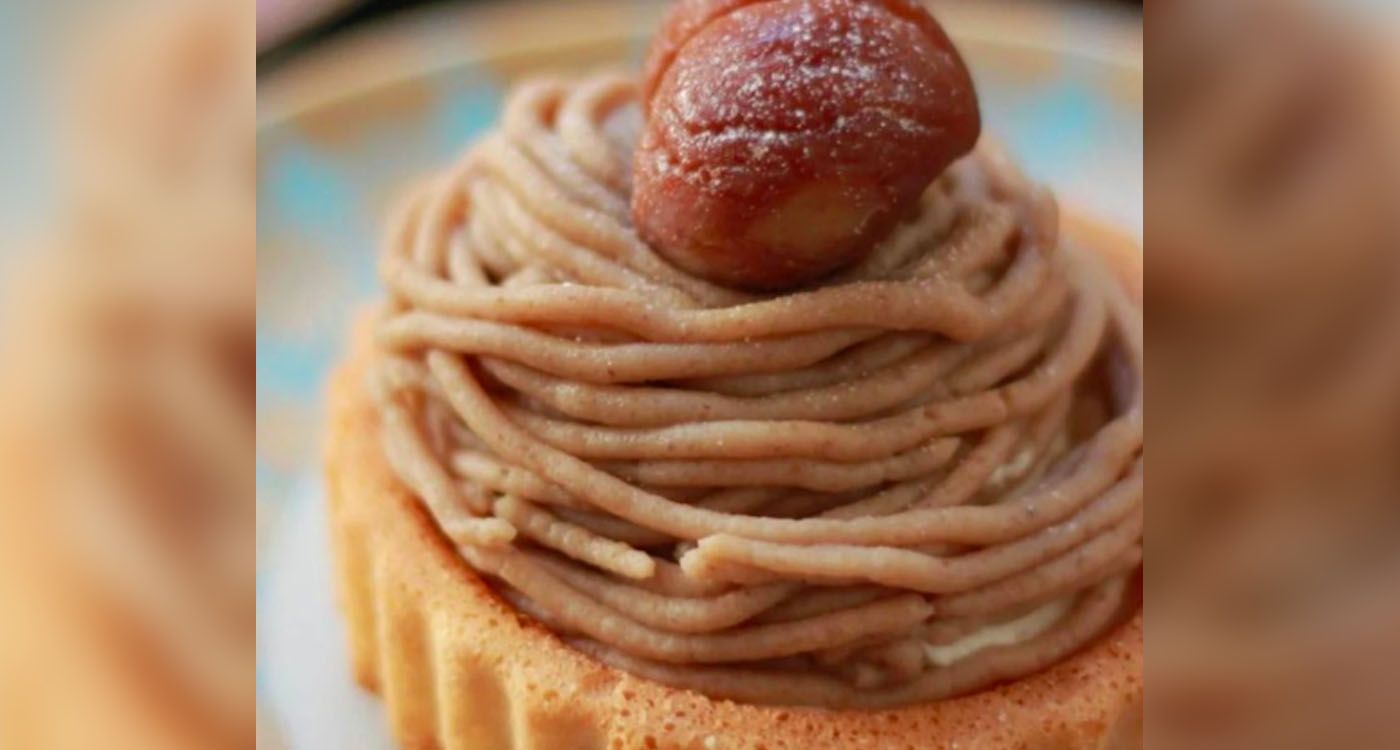
During the holidays, culinary artistry takes center stage. Mont Blanc, a cherished New Year tradition and a favorite throughout the start of the year, invites indulgence and delight. Let’s explore the history and charm of this exquisite dessert.
Mont Blanc is a cornerstone of French patisserie. This iconic cake takes its name from the majestic Alpine peak, its conical shape and snow-like topping echoing the mountain’s eternal snows.
Mont Blanc: A Dessert of History and Symbolism
While its exact origins remain unclear, they are thought to lie somewhere between France and Italy, two countries renowned for their rich gastronomic heritage. Mont Blanc is the product of a delicate combination: creamy chestnut purée, crisp meringue, and velvety whipped cream. Together, these elements have captivated dessert lovers for generations.
A Festive Tradition
Particularly beloved during New Year celebrations and throughout the early months of the year, Mont Blanc’s appeal lies in its symbolic and sensory qualities. The snow-like dusting of powdered sugar represents purity and renewal. Its conical shape signifies aspirations and the hope for a better year. Meanwhile, its comforting flavors, especially the warmth of the chestnut cream, provide the perfect antidote to cold winter nights.
A Dessert with a Fascinating History
Mont Blanc, both the mountain and the dessert, is steeped in history. In 1786, Jacques Balmat and Michel Paccard achieved the first recorded ascent of Mont Blanc, establishing the peak as a symbol of adventure and human achievement. This prestige carried over to the cake, whose first documented recipes date back to the 20th century. Initially crafted in France, Mont Blanc quickly became a festive staple. Over the years, pastry chefs have personalized the recipe, introducing variations in texture and flavor to elevate this culinary masterpiece.
The Classic Mont Blanc Recipe
For those eager to try making Mont Blanc at home, here’s a traditional recipe:
Ingredients
For the sponge base: Eggs, sugar, flour, baking powder.
For the chestnut cream: Chestnuts, sugar, butter.
For the meringue: Egg whites, sugar.
For the whipped cream: Heavy cream, powdered sugar.
Preparation:
Bake a light, fluffy sponge as the base.
Cook the chestnuts and blend them with sugar and butter to create a smooth cream.
Whip egg whites with sugar to form a crisp meringue.
Whip heavy cream with powdered sugar until it reaches a firm texture.
Assemble: Spread the chestnut cream over the sponge, add a layer of whipped cream, and decorate with peaks of meringue. Finish with a dusting of powdered sugar to recreate a snowy effect.
What Makes Mont Blanc Special?
The perfect balance of flavors is key to Mont Blanc’s appeal: the subtle bitterness of chestnut cream complements the sweetness of meringue and the richness of whipped cream. Its texture also plays a significant role, with the crunch of the meringue contrasting beautifully with the creaminess of the other layers. Visually, Mont Blanc is a showstopper, commanding attention on the festive table before delighting the palate.
Mont Blanc is not just a dessert; it’s a celebration of tradition, festivity, and culinary delight. Whether you make it at home or order it from a patisserie, Mont Blanc remains a must-have for ringing in the New Year and embracing the start of a new chapter with elegance.


Comments